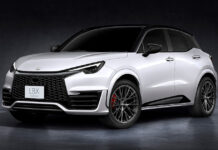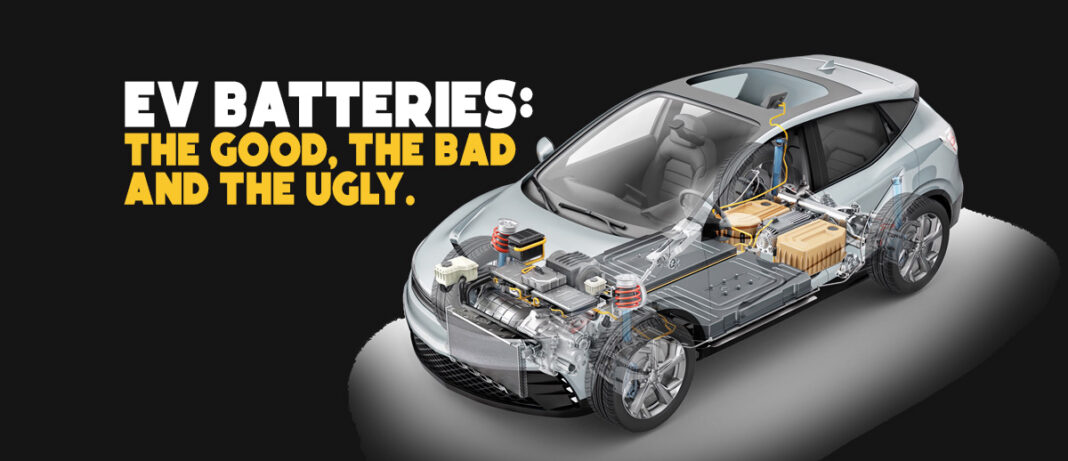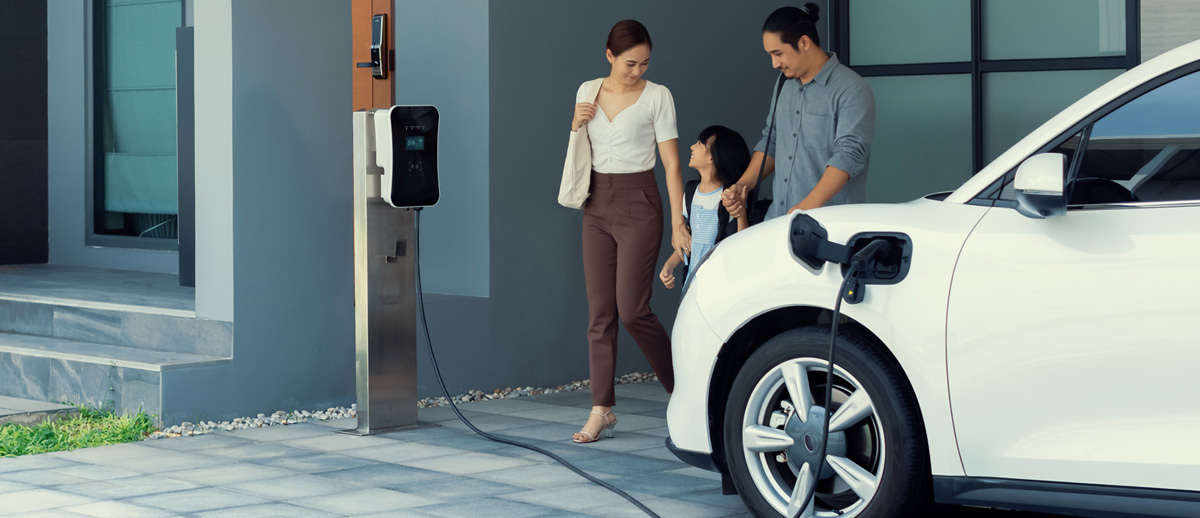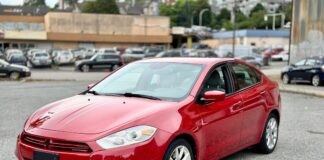Some Things You May Not Have Known About EV Batteries
Electric vehicles (EVs) boast emissions-free operation at the tailpipe. However, the carbon footprint linked to EV charging electricity generation may vary significantly. This discrepancy hinges on the local power generation methods in use—ranging from carbon-emitting sources like coal and natural gas to environmentally friendly alternatives like wind and solar. Incorporating these electricity-related emissions into the equation, research indicates that, on average, an EV contributes to lower levels of greenhouse gas emissions (GHGs) compared to a typical new gasoline-powered vehicle. Moreover, as the adoption of renewable energy sources such as wind and solar grows for electricity generation (notably, renewables became the second-most prevalent U.S. electricity source in 2020), the overall GHG impact of EVs could further diminish. To gain insights into your area’s electricity production, you can utilize the EPA’s Power Profiler interactive web page. Simply input your zip code to access information about your region’s energy mix.
Premature Battery Wear and Replacement
For EV owners, when it’s time to replace battery packs there’s a hefty price tag, making replacements financially daunting. While it’s true that the cost could lead owners to abandon their cars rather than replace the battery, complete battery failure is an infrequent occurrence. Just as with conventional vehicles, most individuals don’t opt for rebuilding an internal combustion engine or transmission, a more affordable endeavor than battery replacement. Despite this, battery pack failures are rare. We’ve witnessed a similar trend over two decades after experiencing similar concerns with gas-electric hybrids. Moreover, electric cars usually come with powertrain warranties spanning at least 100,000 miles or eight years, as mandated by law. Hence, the battery replacement cost would typically be covered for the original owner. (Prospective used EV buyers should ensure the warranty transfer before making a purchase.) The likelihood of battery failure isn’t a major concern, unless you’re either buying a used electric vehicle or intend to keep a car for an extended period, for reasons outlined below.
Loss of Range asThe Batter Ages
All potential EV buyers and current owners should be aware, if not concerned, about one unavoidable fact: rechargeable batteries, over time and use, inevitably lose capacity—even if all the right precautions are taken. Modern EVs are designed to minimize this loss and ensure your vehicle doesn’t resemble an aging smartphone within just a couple of years. Additionally, owners can take further measures to mitigate this effect (more details below). Nevertheless, it’s inevitable that the battery’s capacity, and thus the car’s driving range, will decrease as time passes. Individuals considering EVs must take this into account when determining the required driving range.
Historically, automakers were forthright in their owner’s manuals about the capacity degradation of EV batteries over time. For instance, the manual for the 2011 Nissan Leaf, purchased by Cars.com in 2011, cautioned:
“Nissan estimates that battery capacity will be approximately 80% of original capacity after five years, although this is only an estimate and the percentage may vary (and could be significantly lower) depending on individual vehicle and Li-ion battery usage.”
Following this projection, the initial EPA-estimated range of 72 miles for the Leaf would decline to 57.6 miles after five years and potentially 43.2 miles after a decade, assuming consistent degradation. Similarly, the 2017 Chevrolet Bolt EV’s manual noted, “Depending on use, the battery may degrade as little as 10% to as much as 40% of capacity over the warranty period.”
Subsequent studies and data collected from real-world EV usage have expanded our understanding. Recurrent, a platform monitoring over 7,000 connected vehicles in the U.S., provides used EV reports and reveals that actual battery capacity loss tends to be less severe than the worst-case scenarios predicted by certain automakers.
Scott Case, CEO of Recurrent, explains, “Every electric vehicle loses range differently, even among cars of the same brand and year. However, many early EV models show batteries lasting longer than expected. Across all the EV models we track in the U.S., there’s a noticeable pattern: range typically drops a few percentage points from the original EPA estimate in the first two years, then stabilizes for several years before seeing a 5-10% decrease after five years. Some models exhibit a linear 1.5-2.0% annual decrease, while others experience 2-3% initial losses before leveling to 1% per year. For instance, the Tesla Model S often shows less than a 5% range decrease between 50,000 and 200,000 miles.”
Factoring in the 10% drop after five years (which represents the upper limit of Recurrent’s data), we should expect a closer to 20% loss by the time the original battery warranty expires, assuming degradation remains consistent. (Optimally performing vehicles could experience only around 10% loss.) Geotab, a Canadian company specializing in tracking battery health in various EVs, including commercial fleet models, reports an average battery degradation rate of 2.3% annually. EV manufacturers’ battery warranties typically guarantee around 70% of the original capacity within the warranty period, aligning well with the potential for an 80% retention rate plus an additional 10% safety margin to account for variables that could lead to worse-than-average range loss. According to Recurrent, warranty claims based on capacity loss are rare.
To demonstrate the diverse aging patterns of EV battery packs, Recurrent has encountered low-mileage used EVs with less than half their initial range and nine-year-old vehicles retaining nearly their entire original EPA-rated range. This variation hinges on factors such as the make and model, charging and driving habits, exposure to different temperatures, and numerous other variables. Continue reading to explore some of these factors and learn how to optimize your EV battery’s performance.
The Impact of Extreme Temperatures
The popularity of EVs in warmer climates is no accident. Cold temperatures temporarily reduce their range, a phenomenon affecting all electric cars. This is due to both decreased battery pack capacity in colder conditions and the electric power needed for cabin heating, which further depletes range. In 2011, our Nissan Leaf, initially rated for a 73-mile range by the EPA, saw its range drop to approximately 50 miles during Chicago’s winter. AAA’s research quantified the impact of a 20-degree Fahrenheit temperature drop, revealing a roughly 40% reduction in range compared to 75-degree conditions for an average EV.
This consideration is vital for those calculating necessary range in colder climates. While preheating the cabin while the car is still charging can maximize range, the overall influence of cold temperatures on range remains unavoidable.
Additionally, lithium-ion batteries function below freezing temperatures, but they don’t perform well during charging in such conditions. Charging might become slower and less efficient as energy is used to maintain battery warmth. Depending on the model, subzero temperatures could also compromise regenerative braking, as this process also constitutes charging.
The silver lining is that the impact of winter cold on battery capacity is temporary. Conversely, high temperatures can lead to accelerated capacity loss. Though this phenomenon is widely acknowledged, the extent of the effect remains uncertain due to the multitude of variables involved. According to Geotab’s data, an EV in a temperate climate experiences less battery degradation after four years compared to one in a hot climate. However, the difference amounts to less than a quarter of a percent. This discrepancy might stem from Geotab’s definition of temperate and hot climates, possibly based on the number of days exceeding 80 degrees Fahrenheit per year (fewer or more than five days). Alternatively, it could be attributed to the widespread adoption of active thermal management in contemporary EVs, involving liquid cooling (and often heating) of the battery pack. This technology promotes battery health and efficiency, particularly during charging.
A valuable comparison can be drawn between two 2015 model EVs, one lacking active thermal management (the Nissan Leaf) and the other incorporating it (the Tesla Model S). Geotab’s data indicates the Leaf experiences an average degradation rate of 4.2%, while the Model S only experiences 2.3%.
It’s worth noting that high temperatures temporarily decrease range when driving an EV, but the effect is less pronounced compared to cold temperatures. The optimal battery temperature for range is around 70 degrees Fahrenheit.
DC Fast Charging and Battery Longevity Virtually all EV manufacturers enable public DC fast charging (sometimes referred to as Level 3 charging), albeit with a caveat: it’s advisable to use this mode sparingly to prevent premature capacity loss. However, “sparingly” remains vague, and concrete numbers regarding potential degradation are elusive. The most specific figure comes from Kia, which attributed an 10% capacity loss over eight years to DC fast charging. (Kia stated this was based on research rather than their own EVs’ experiences when queried.)







![[Presentation] Livestream of TMC’s Press Conference](https://www.miamicars.com/wp-content/uploads/2023/02/tmb_corporate-218x150.png)









